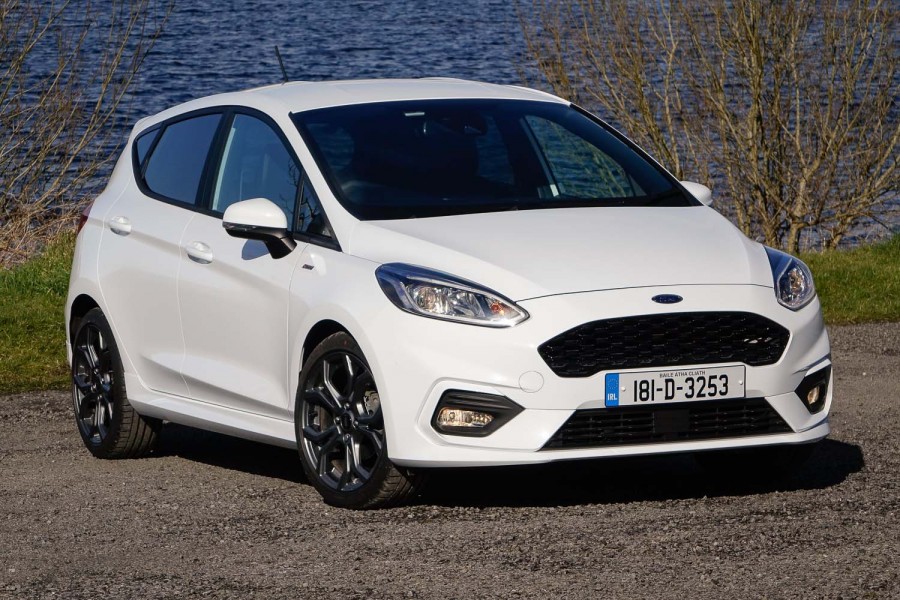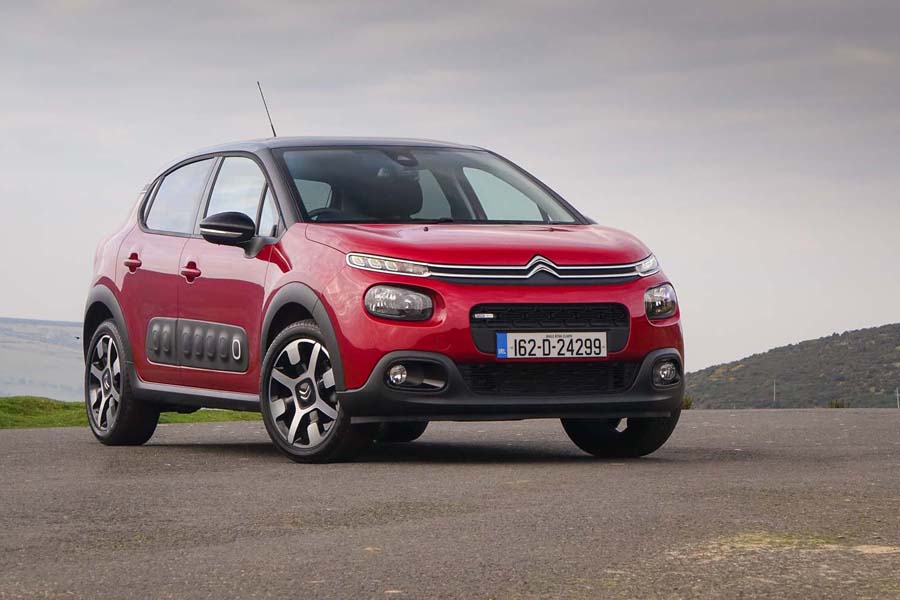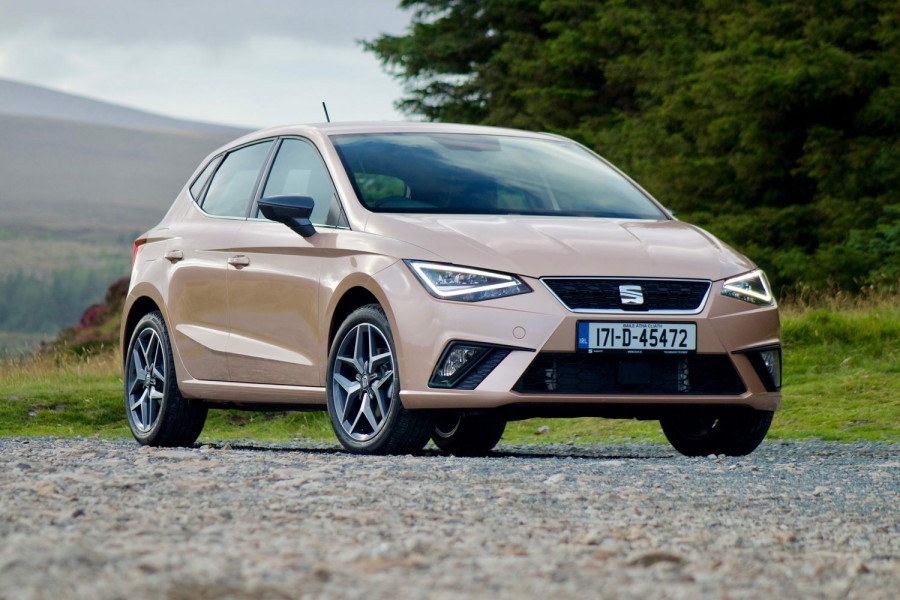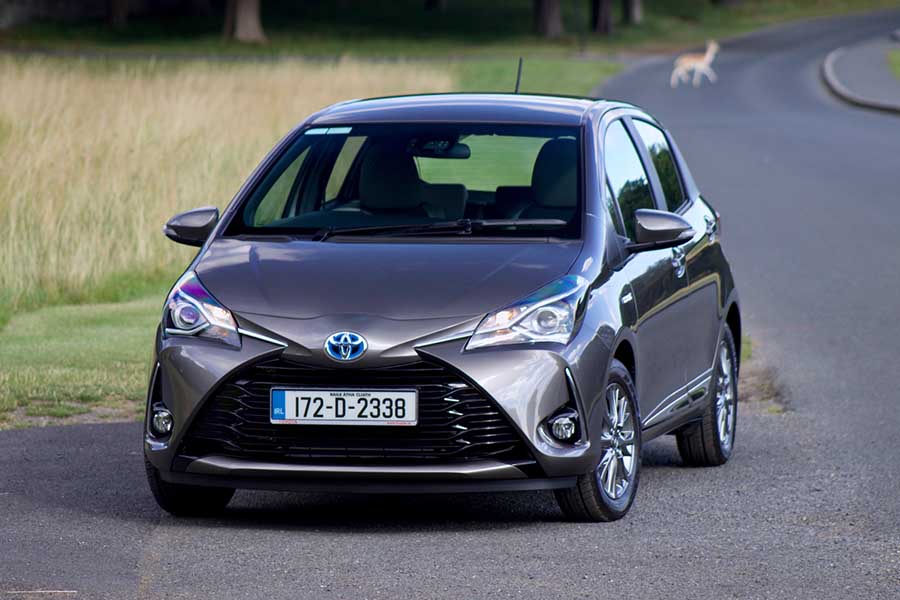Good: sweet to drive, lovely engine, much-improved cabin, good quality
Not so good: pricey in this form, a bit thirsty too, some ride quality issues
But a year separates the date when the Ford Fiesta and myself were introduced to the Irish market - the small Ford in 1977, myself twelve months previous. While our paths have intermeshed often since then, I think it's fair to say that the Fiesta has enjoyed rather loftier and more sustained success, often appearing at the peak of Irish new car sales in the interim.
Not last year, though. Swept aside by an avalanche of SUV sales, the Fiesta languished in sixth place in the national charts, losing some 15 per cent of sales compared to 2016 even though Ford introduced the all-new model last year.
Well, we say all-new, but in fact the new Fiesta and the old Fiesta are very much alike. Shunning the new-platform route of the Volkswagen Polo and SEAT Ibiza, the new Fiesta is basically a major re-skin and re-engineering job on the old one, and that has cost it in one or two areas.
The most obvious of which is style. While the new nose sports a broad, beaming grille and nicely detailed lights (we like those ghostly LED outlines especially) at the back, despite up-sized brake lights, there's a vast acreage of bare metal, and that tends to make the Fiesta look a touch dumpy from some angles.
At least Ford has done a decent job on the interior. Gone is the cheap, scratchy plastic and tiny instruments of the old model, and in comes a high-quality cabin with lots of nicely squishy materials and very good front seats. The back seats, though? Well, the wheelbase has gone up by a mere 4mm compared to the old car, but Ford says that rear legroom is up by 16mm. It's not bad, but it doesn't seem to have the lounging space afforded to rear-seaters in the Polo or Ibiza, or for that matter the Honda Jazz.
The Fiesta's infotainment package has taken a big step up, though. Our ST-Line test car had the mid-spec 6.5-inch touchscreen (basic cars get a 4.5-inch version, top-spec models get the full eight inches) and it comes with Ford's much-improved SYNC3 infotainment system. Some of the graphics are still bit blocky, and the menu structure can cause some moments of fingertip confusion, but on the whole it works well, and the addition of Apple CarPlay and Android Auto probably means that, for the most part, you'll be interacting with your phone's software rather than that of the car. For tunes, our car had an excellent Bang & Olufsen speaker system.
Being an ST-Line, it also came with a chunky, sporty-looking body kit, thick-spoked, leather-wrapped, flat-bottomed steering wheel and big, dark-grey 17-inch alloy wheels. All of which look (and in the case of the steering wheel, feel) terrific, but the downside is that it also came with ST-tuned sports suspension, which is less good. I'm as much in favour of sporty responses as the next guy, but there is a definite downside to the ride, which feels not just stiff but rather brittle at times, chattering and fidgeting over small imperfections. It's a shame, as the standard Fiesta has such a well-judged and pliant ride quality.
There's no doubting the steering or overall handling, though, and this is where the Fiesta puts clear air between itself and the competition. The steering doesn't have oodles of road feel or feedback, but there is some there, and besides, its weight and proportionality of response are close to perfect. Once again, the Fiesta is a supposedly humble family car in which you can have a tremendous amount of driving fun, and it's capable of shaming many much more expensive cars with its road manners.
The 100hp EcoBoost three-cylinder turbocharged petrol engine is a bit of a mixed bag, though. In common with many three-pot engines, it warbles and growls in a highly entertaining manner when revved, and there's certainly enough power on tap for enjoyment, but fuel economy is a definite issue. Ford quotes 4.3 litres per 100km on average (that's 65mpg), but we struggled to do better than 7.7 litres/100km (35mpg) overall. Someone been sewing lead into our shoes again?
The price takes a bit of swallowing too. Our ST-Line model clocked in with an options-inclusive price of €22,850, which is pretty steep, even if it does include all the ST-Line bits, the B&O stereo, heated seats and steering wheel, adaptive cruise and a pre-collision alert and emergency braking system, keyless ignition and the all-important 'QuickClear' heated windscreen (which took a mere 30 seconds to clear an icy screen in the recent cold snap, and which really ought to be standard fit on all northern European cars). Thankfully, if you're willing to forego some of the toys, and downgrade to the really rather sweet 1.1-litre, naturally-aspirated petrol engine, then the Fiesta loses little enough in appeal. Its steering remains as sweet, its handling as deft, its ride improves and even shorn of equipment and with the smaller screen, the cabin's natural qualities shine through.
In fact, I think that even with the vagaries of price, fuel economy and that rear styling taken into account, the Fiesta is Ford's best current car. It faces a tough time, in sales terms, against the Polo, Jazz, Ibiza, Toyota Yaris, Hyundai i20, Kia Rio, etc, etc, but I wish I was half so well-rounded and competitive as the Fiesta at the same age.






































